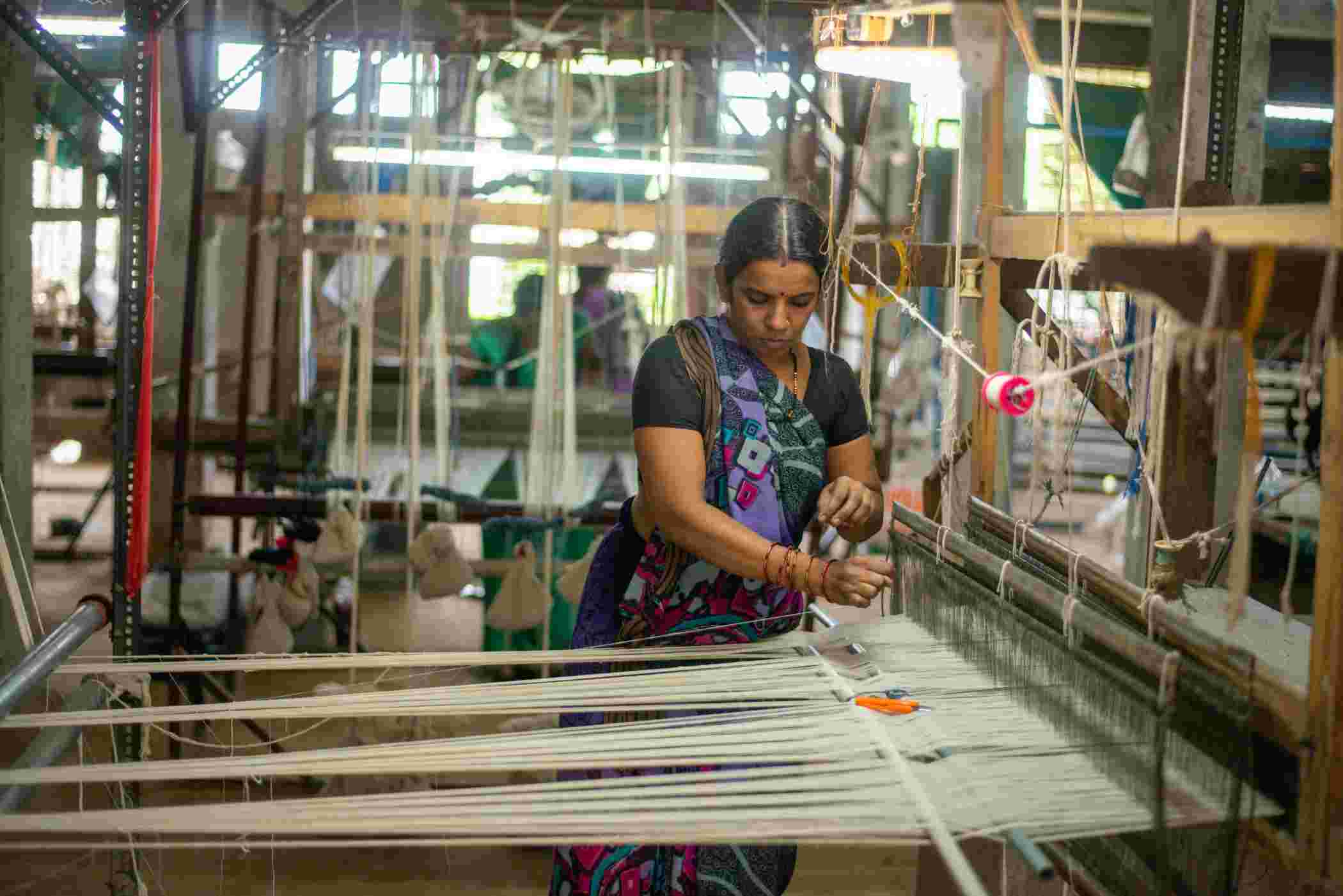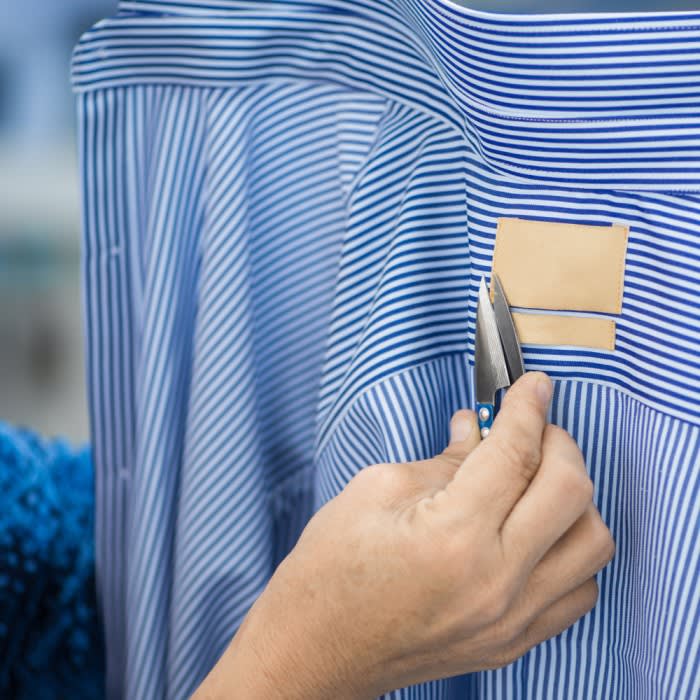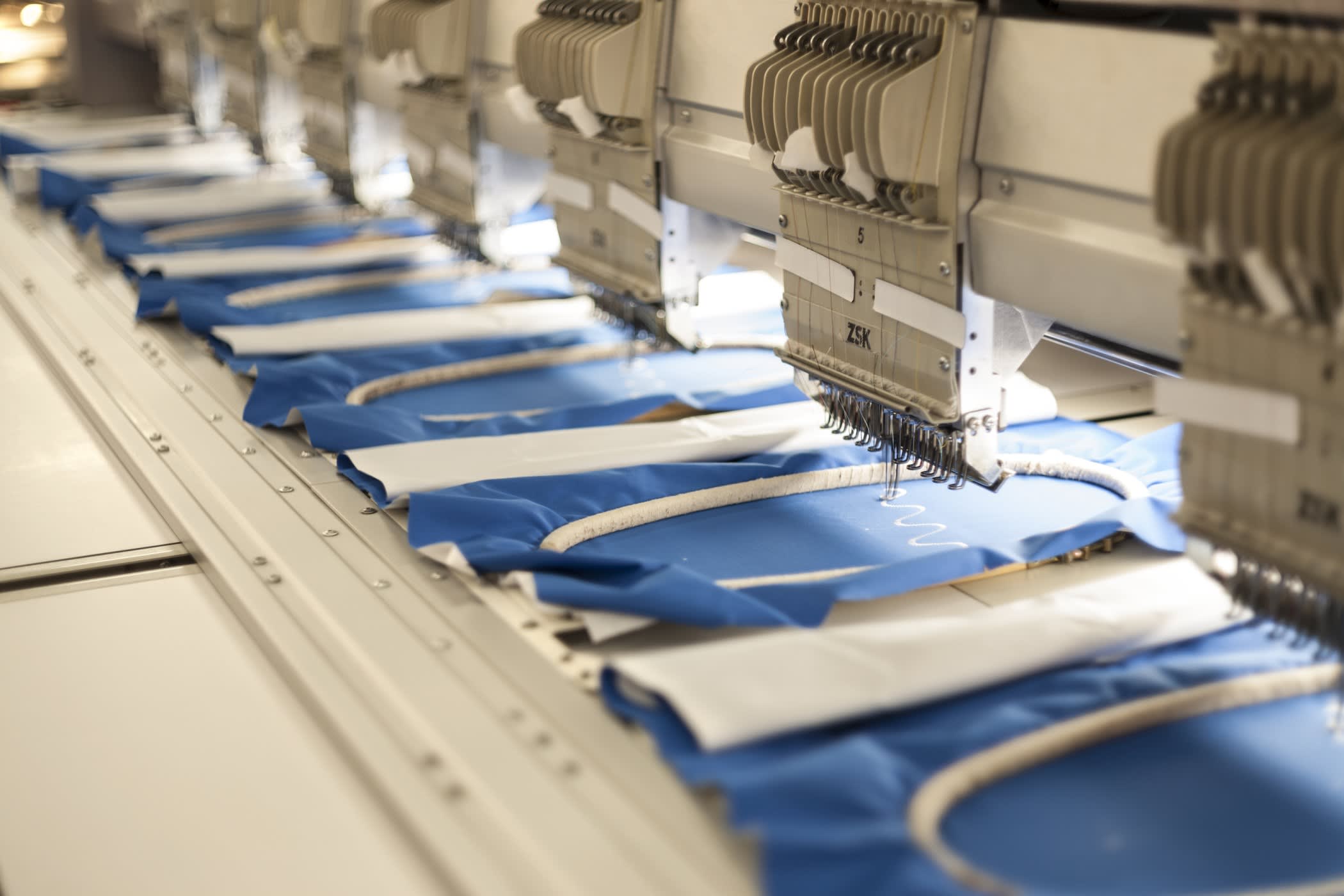5 Common Mistakes that you MUST avoid while designing labels for clothes

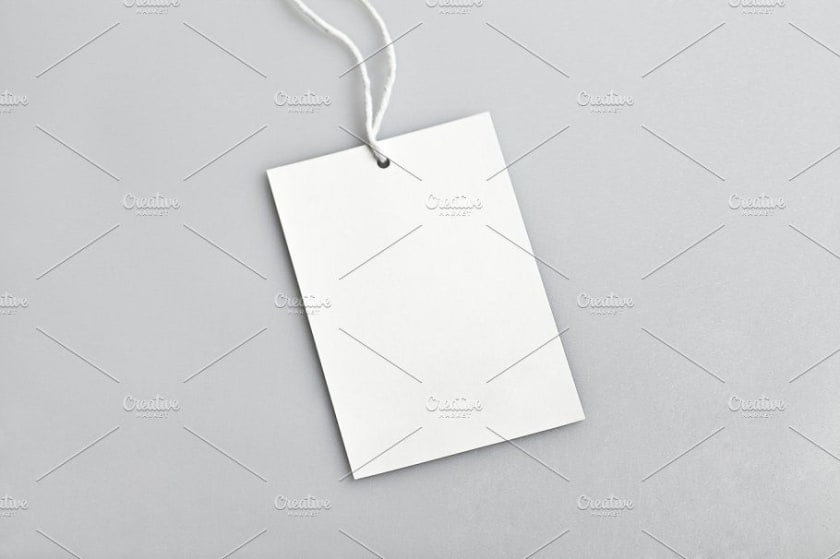

Do you like it when you can feel a label digging at your skin? That's everything we hate when being fully dressed up.
A brand label is usually a simple piece of fabric with your company or personal information printed on it. It is most commonly found on clothing labels, but it is also found on a wide range of other products. Details may include something as simple as a logo or some wording, or it may include more information such as website details, a tagline, or washing instructions. You may have many ideas for what you want to include on your label, but it is critical not to include too much detail on your label or it will become too complicated.
The avoidable mistakes when it comes to designing labels are:
- Bad quality fabric
A great piece of clothing with terrible quality fabric for a label just doesn't make any sense. This could cause a rash or an itch that could make the wearer uncomfortable.
- Don't forget care instructions
All clothing requires care instructions. However, as a best practice, most manufacturers and brands of home textiles include care instructions.
- Wrong Positioning
Once you've decided on the type of label you want to make, you'll need to decide where you want the label to go on your product. The position is critical because it determines how much attention is paid to the label and whether it can be discomforting.
- Not paying attention while choosing your backing
What kind of material are you using to apply your label to? For example, while an adhesive backing is ideal for paper, it is not the best choice for a t-shirt label because it will eventually fall off. Another factor to consider is your previous experience with labeling.
- Wrong size
If your label has a simple design, you will have more options when it comes to the label size. Complicated designs necessitate larger labels in order to include all of the detail clearly. If you're designing labels for the first time, keep this in mind and aim to simplify your design. This will also save you money because smaller labels are less expensive than large ones (also, less annoying).
Types of Labels
WOVEN LABELS
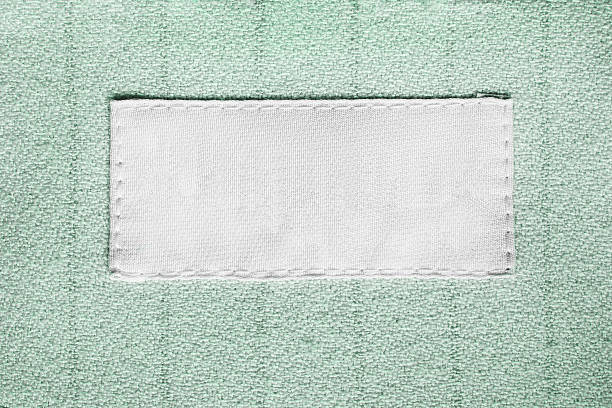
Woven labels are by far the most popular type of label for clothing and garments because the thin, fine thread used allows for further detail in words and patterns on your label. Woven labels should be thick and constructed of high-quality yarn. Because of their low cost, they are extremely popular. Damask woven labels are the most common type of woven label.
PRINTED LABELS
Printed labels are typically attached to the inside of garments. They are frequently imprinted with care instructions or the size of the garment. Printed labels are commonly used as care labels.
HEAT PRESSED LABELS
Heat press labels are the most popular choice for sportswear labels because they have the least friction force between the material and your skin. The main issue with heat press labels is that the color can sometimes rub off caused by direct skin contact.
HANG TAGS
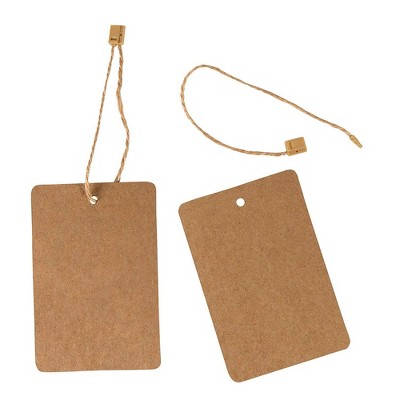
Hang tags aren't really directly attached to the product or garment; rather, they dangle from a string and provide additional data such as the price, a few care instructions, the manufacturer, or the material. Hang tags are generally bigger than labels provided by a product, allowing for more specific information to be included.
Consequences of Mislabeling
Mislabeling occurs when a product label contains misleading or false information about the item's contents, care instructions, country of origin, performance claims, and so on. This is a form of deceptive advertising. Claims on labels or hang tags, such as one stating that a garment provides 50+ UV protection, must be able to be substantiated. Mislabeling products can result in a "civil charge," which can cost a company thousands of dollars and harm its reputation. Companies that falsely labeled their products as bamboo when they were actually rayon paid $1.26 million to settle the charges.
Conclusion
The description of the materials from which the item is made is one of the most important aspects of clothing labels.
Consumers today are more environmentally conscious than ever before, and not all materials are created in the same way. With so many plastic-based materials on the market (including lycra, polyester, and nylon), consumers can now make an informed decision about which clothes to buy. A good clothing label will include detailed information about the fabric used to make the garment, allowing the consumer to decide whether or not to purchase.















